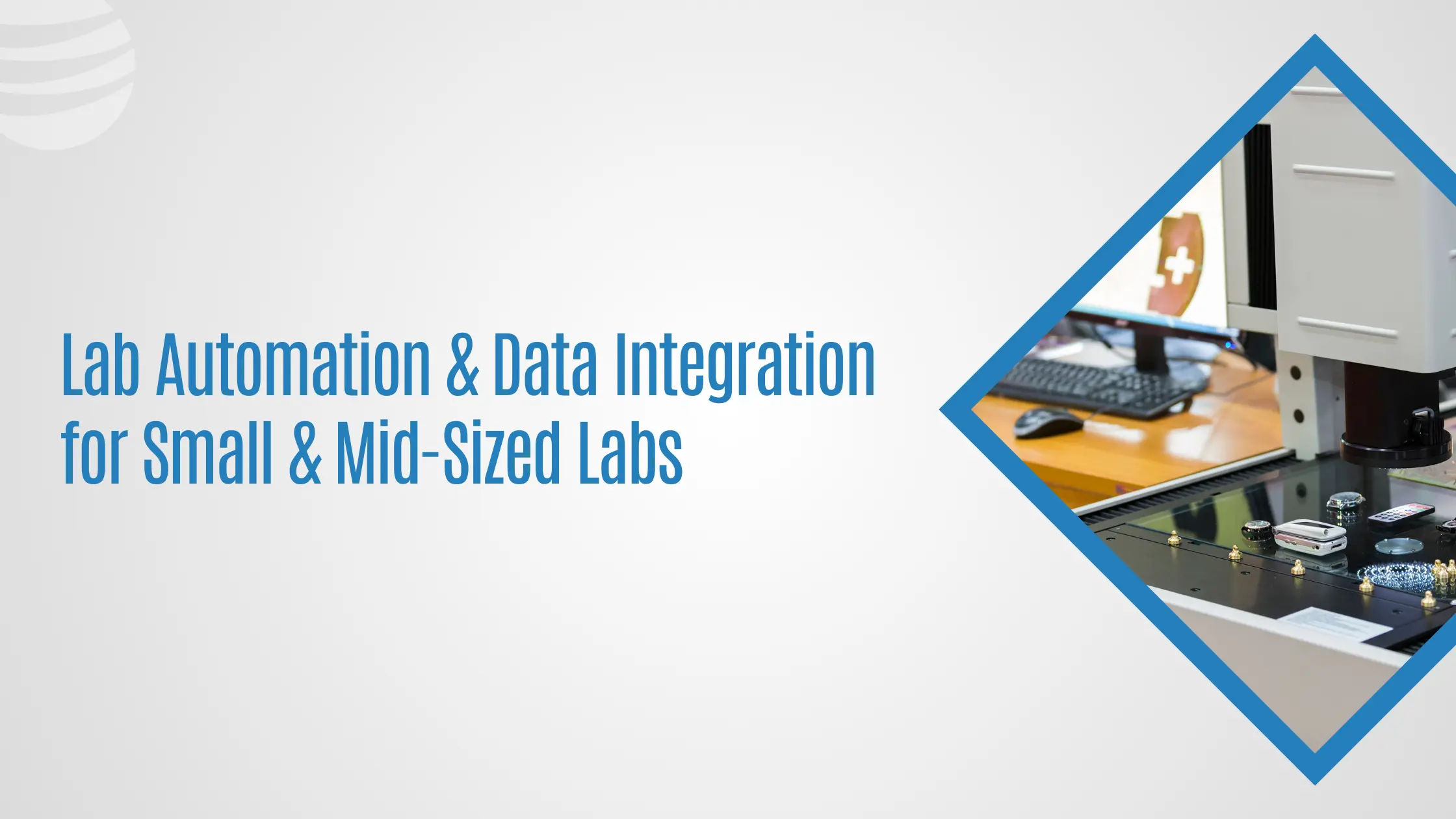

Common Post-Analytical Mistakes and How to Avoid Them
Introduction to Post-Analytical Process in Laboratory Testing
Laboratory testing plays a crucial role in healthcare, providing vital information for patient diagnosis and treatment. The post-analytical process, which occurs after the test results are generated, is a critical phase that involves result verification, interpretation, and reporting. It is during this phase that errors can occur, impacting patient care. Understanding the importance of the post-analytical process and implementing best practices is essential for ensuring accurate and reliable test results.
Importance of Proper Sample Handling and Storage
- Proper sample handling and storage are crucial steps in the post-analytical process of laboratory testing.
- Incorrect handling or storage conditions can lead to sample degradation, affecting test results.
- Samples should be labeled correctly, stored at proper temperatures, and protected from contamination.
- Following standard protocols for sample handling and storage ensures the accuracy and reliability of test results.
Common Errors in Results Reporting
- Inaccurate data entry leading to incorrect results being reported.
- Failure to include critical values or reference ranges in the report.
- Omitting important information such as specimen type or date and time of collection.
- Misinterpretation of results without proper clinical correlation.
- Delayed reporting of results causing potential negative outcomes for patients.
- Lack of proper documentation or failure to communicate results to healthcare providers promptly.
Understanding Quality Control Measures
- Quality control measures are essential in the post-analytical process to ensure accurate and reliable test results.
- Laboratories use quality control samples to monitor the performance of their testing equipment and procedures.
- Routinely analyzing quality control samples helps identify any issues or errors in the testing process.
- Establishing strict quality control protocols and regularly calibrating equipment can help minimize the risk of errors in laboratory testing.
Utilizing Information Technology in Result Verification
- Information technology can streamline result verification processes in the laboratory.
- Automated systems can help reduce human errors and improve efficiency.
- Electronic verification systems can provide real-time tracking and alerts for discrepancies.
- Integration with laboratory information management systems can further enhance result accuracy.
Impact of Communication Breakdowns
- Miscommunication between laboratory staff and clinicians can lead to errors in result interpretation.
- Inaccurate reporting of critical values due to communication breakdowns can result in delayed or inappropriate patient care.
- Failure to communicate updated testing protocols or changes can lead to inconsistencies in testing procedures.
- Lack of clear communication channels can hinder the resolution of discrepancies or issues in testing processes.
Ensuring Compliance with Regulatory Requirements
- Laboratories must adhere to strict regulatory requirements set forth by organizations like CLIA, CAP, and COLA.
- Regular training and education for staff on current regulations is crucial.
- Implementing thorough quality control measures can help ensure compliance.
- Regularly reviewing and updating procedures to reflect any regulatory changes is essential.
Addressing Turnaround Time Issues
- One common mistake in the post-analytical process is not prioritizing turnaround time.
- Ensure that staff members are trained to efficiently manage and prioritize tasks to minimize delays.
- Implement systems or software that can track and monitor the time taken at each stage of the post-analytical process.
- Regularly review and analyze data to identify bottlenecks and implement strategies to improve turnaround times effectively.
Continuous Improvement through Feedback and Evaluation
- Feedback from stakeholders, including healthcare providers and patients, is crucial for identifying areas of improvement in the post-analytical process.
- Regular evaluation of the laboratory’s performance metrics allows for the identification of trends and opportunities for enhancement.
- Implementing quality control measures based on feedback and evaluation results can lead to continuous improvement in laboratory testing processes.
Conclusion and Recommendations
- Ensure that all results are reviewed and interpreted by a qualified professional before being released to patients.
- Implement systems to cross-check data entry and verification processes to minimize transcription errors.
- Regularly review and update post-analytical procedures to incorporate best practices and compliance with regulatory requirements.
- Offer staff training programs to enhance knowledge and skills related to the post-analytical process.
- Collaborate with laboratory information systems experts to streamline data management and improve result reporting efficiency.
Post Views: 599





